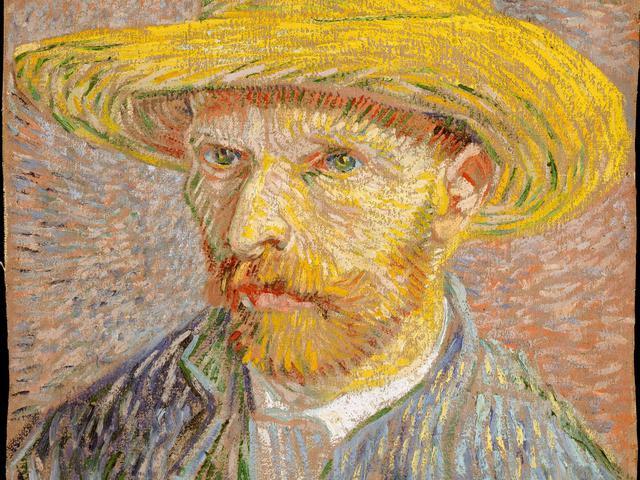Retrato de Theo van Gogh

Art historians believed that Vincent van Gogh had never painted a portrait of his close companion and brother Theo, but it turns out that the two looked so similar that the portrait was in the possession of the Vincent van Gogh museum all this time. They believe the image is of Theo, van Gogh's closest companion and most faithful ally. In fact, the brothers were so close that much of what we know about van Gogh comes from his letters to Theo. During this period, the brothers were living together, meaning the letters to Theo had stopped.
Of van Gogh's paintings from that period, many are thought to be self-portraits. Upon closer inspection, researchers realized that one painting from 1887 looked a little different from the rest. His subject had round ears, a lighter beard and shaved cheeks.
The painting is from the artist's years in Antwerp and Paris, from 1885 to 1888, a period of time in his life that is not well studied. More than 90 paintings from this time were analyzed and interpreted for a new book by Van Gogh Museum employees Ella Hendriks and Louis van Tilborgh, "Vincent van Gogh, Paintings 2."
Vincent Willem van Gogh was a Dutch post-impressionist painter who is among the most famous and influential figures in the history of Western art. In just over a decade, he created nearly 2,100 works of art, including about 860 oil paintings, most of them in the last two years of his life. They include landscapes, still lifes, portraits and self-portraits, and are characterized by bold colors and dramatic, impulsive and expressive brushstrokes that contributed to the foundations of modern art. His suicide at age 37 followed years of mental illness and poverty.
Born into an upper-middle-class family, Van Gogh drew as a child and was serious, calm and thoughtful. As a young man he worked as an art dealer, often traveling, but became depressed after being transferred to London. He turned to religion and spent time as a Protestant missionary in southern Belgium. He was sidetracked by ill health and loneliness before beginning to paint in 1881, having moved home with his parents. His younger brother, Theo, supported him financially, and the two maintained a long letter correspondence.
© Tourblink